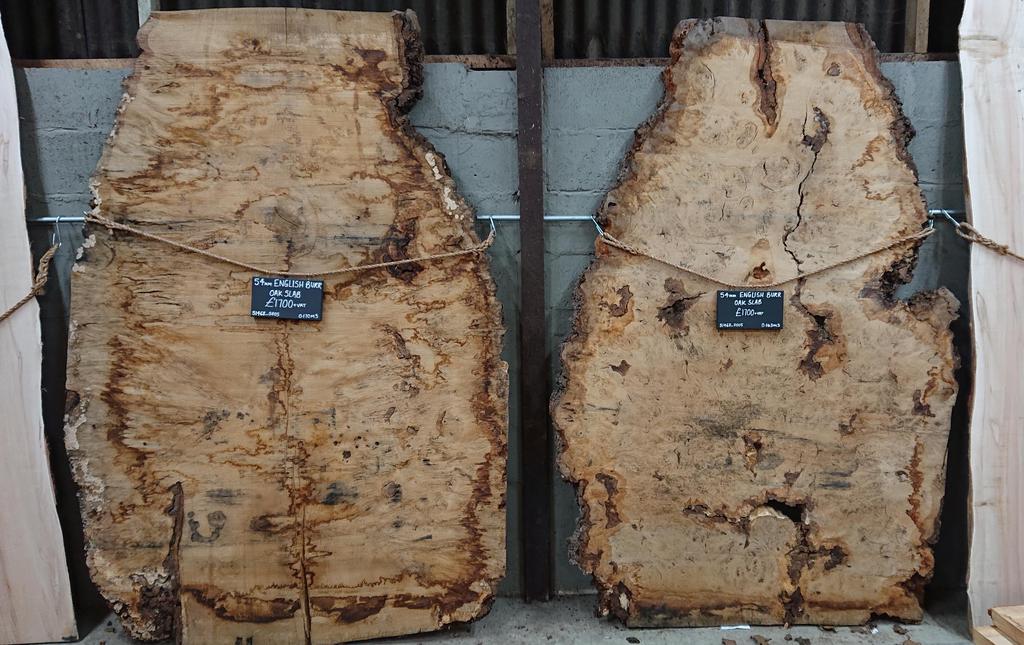doctor Bob
Established Member
- Joined
- 22 Jun 2011
- Messages
- 5,171
- Reaction score
- 1,881
Sgian Dubh":1rhkvc9y said:To be honest, the kiln operator probably ought to approach a yard that has a laser guided edger, like the one below, capable of ripping off both edges in one pass - each board would take about 10 - 15 seconds to rip, and I imagine a well oiled crew could process 1000 ft³ in less than a day, maybe even just half a day. Slainte.
This all day long...........





